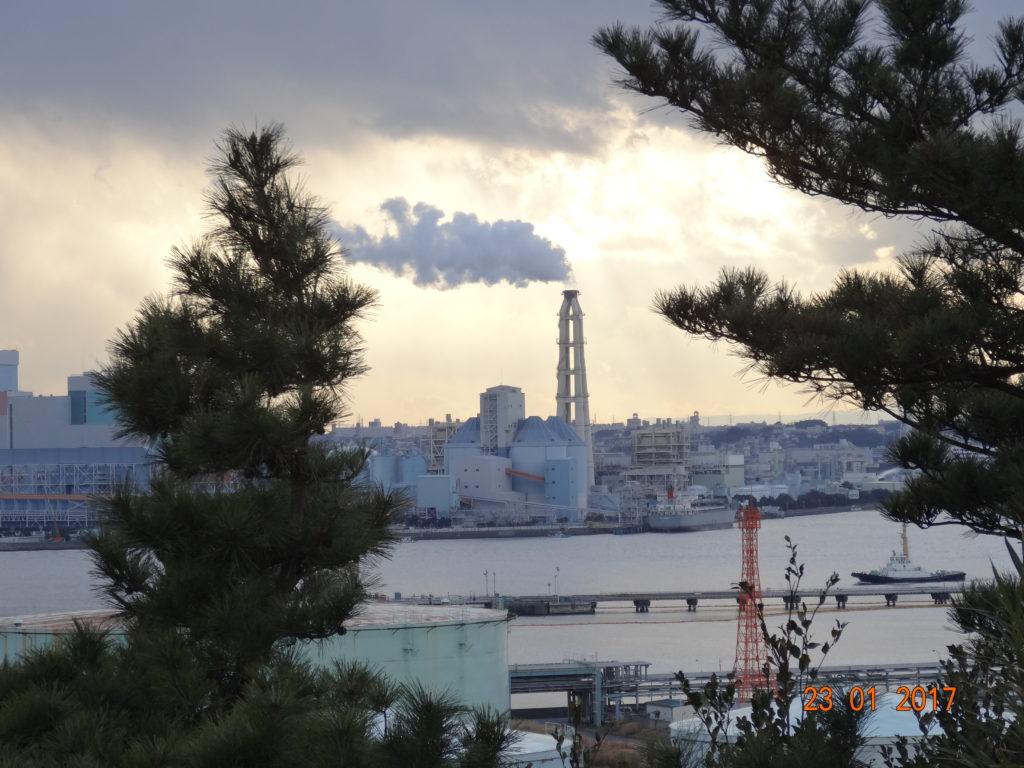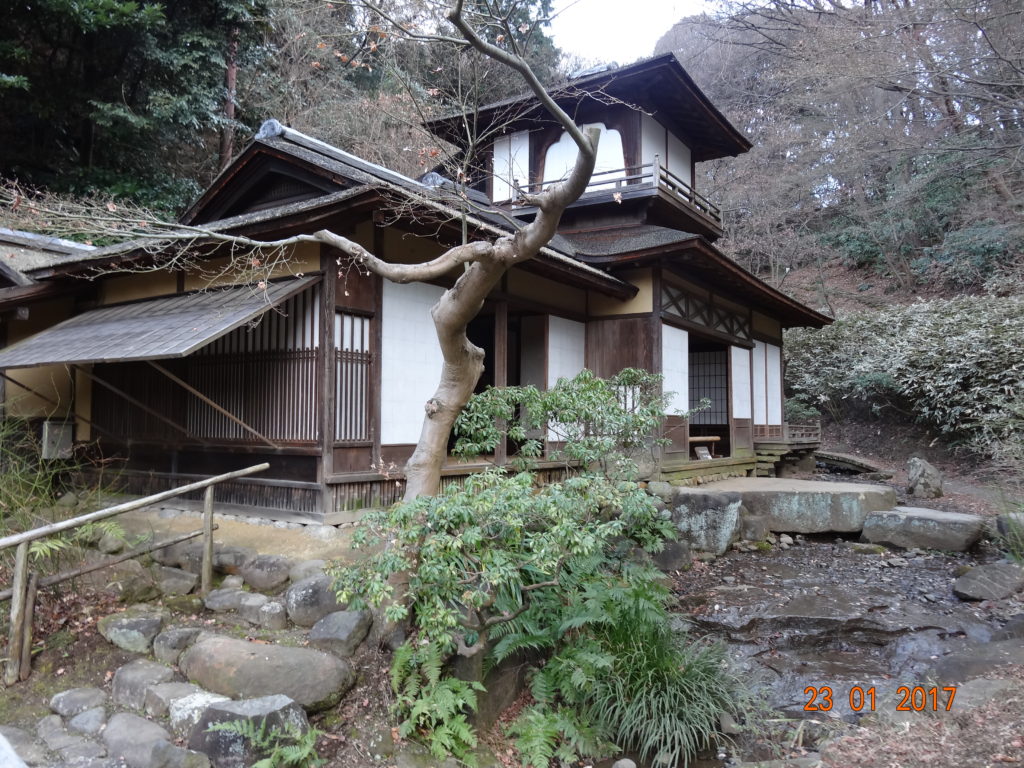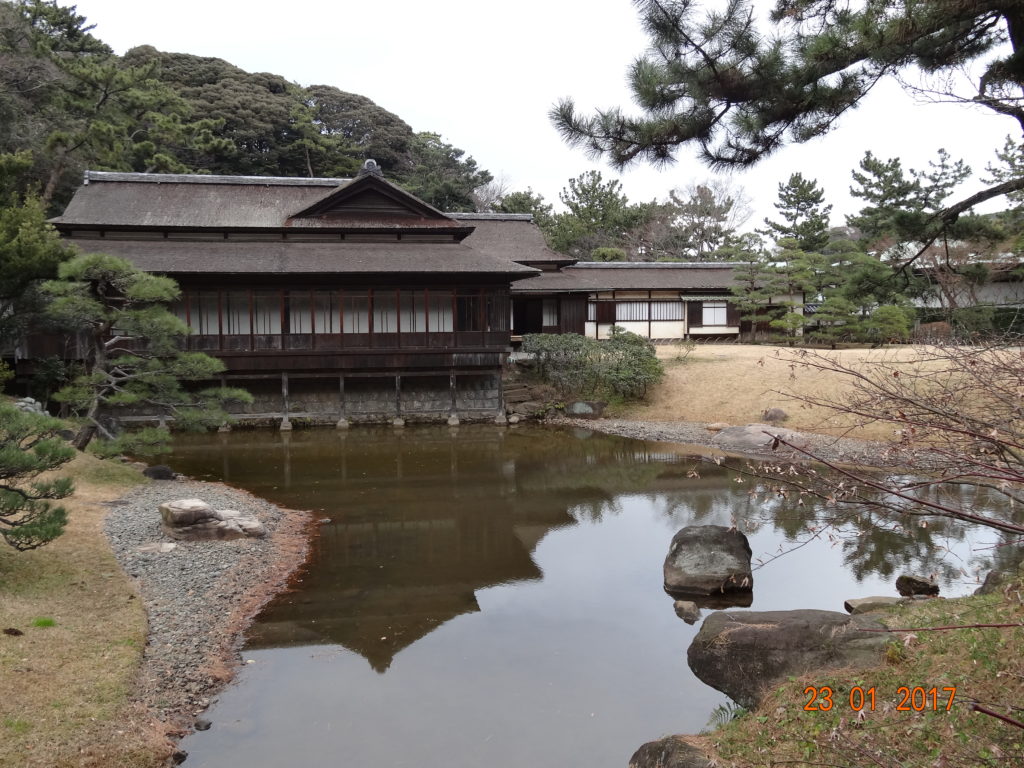Travel period Jan 2017
Japan’s Prominent Port City
After our visit to the Kotokuin temple in Kamakura, we decided to continue our journey to Yokohama. There are so many beautiful spots in Japan outside of the major places like Tokyo, Kyoto and Osaka. One of which is Yokohama.
Yokohama offers many kinds of entertainment and it is easy to visit in just a one-day trip from Tokyo. From its many landmarks to its beautiful parks, here is our enjoyable half- day sightseeing trip in Yokohama:
Getting to Yokohama
With JR Shonan-Shinjuku Line for Utsunomiya we went straight from Kamakura to Yokohama in 25 minutes. If you are coming from Tokyo, you can board the Shinkansen (Japanese bullet train) and will get you to Shin-Yokohama in 18 minutes, or take the JR Tokaido Line to Yokohama station, it takes about 30 minutes.
Yokohama
Located in the Kanagawa Prefecture, Yokohama is the second largest city by population after Tokyo and part of the Greater Tokyo Area. It is a major commercial hub of the Greater Tokyo Area and a prominent port city in Japan.

From a small fishing village, Yokohama has grown rapidly to become the second-largest city in Japan. This major port city with an intriguing history and cultural landscape is a popular destination for travelers from all over the world. Since Tokyo is just a convenient 30-minute train ride away, Yokohama is the best bet for a wonderful day trip to escape from the hustle of the capital city.

Yokohama Chinatown
Our first stop was Yokohama Chinatown, it’s Japan’s largest Chinatown, located in central Yokohama. It is a vibrant district that’s worth visiting.
Yokohama Chinatown quickly developed, after the port of Yokohama had been one of the first Japanese ports to be opened to foreign trade in 1859. It became the residence of the many Chinese traders who settled down in the city.

As you can guess, there are a large number of Chinese stores and restaurants can be found in the narrow streets of Chinatown. A wide array of Chinese dishes offered, many of which have been Japanized to a certain degree.

Here, you can experience the food culture, events, and history of China while you are in Japan. There are temples and more than 500 shops in the area, so you can shop, eat, pray and enjoy the atmosphere in Yokohama Chinatown.
The closest stations to Yokohama Chinatown are Motomachi-Chukagai Station along the Minato Mirai Line (8 minutes, 210 yen from Yokohama Station) and Ishikawacho Station along the JR Negishi Line (7 minutes, 160 yen from Yokohama Station).

Yamashita Park
Our next stop was Yamashita park. It was a relaxing 5 minutes’ walk from Chinatown. Yamashita Park is a public park that stretches about 750 meters along Yokohama’s waterfront. It was constructed after the Great Kanto Earthquake of 1923.

Strolling through Yamashita Park, it is hard to miss the massive ocean liner in the water beside the promenade. The ship is called the Hikawa Maru, and was first put into service in 1930 along the Yokohama-Vancouver/Seattle line.
The ship had first-class cabins that attracted the likes of the imperial family and Charlie Chaplin for the transpacific journey. In 1960, after 30 years at sea, the ship was retired. It now serves as a museum, with informative displays and interiors in the style of the 1930s.

Near the Hikawa Maru, located 100 meters above ground stands the Yokohama Marine Tower. Although not as high as the Landmark Tower Sky Garden, the Marine Tower’s observatory also has a 360-degree view.

Minato Mirai
It takes about 30 minutes on foot is Minato Mirai. It was very pleasant to walk from Yamashita Park along the waterfront to Minato Mirai, as we were enjoying the view of the bay and the ships passing by.

There are many options for entertainment in the area. The Landmark Tower has an observatory on its 69th floor called the Sky Garden. The Cosmo World amusement park is spread out along the waterfront beside the Queen’s Towers and on the man-made island of the Shinko District.
Minato Mirai is a seaside urban area in central Yokohama whose name means “harbor of the future”. It brings old history and modern facilities together. It’s a central business district in Yokohama where you can enjoy everything from food, shopping, art and culture, amusement park, and many more.
Sankeien Garden
A beautiful and spacious garden that’s over 100 years old. You can access sankeien from Yokohama station’s east exit and by taking bus numbers 8 or 148. The same bus lines can be found at Sakuragicho Station. The admission is 500 yen for adult and 300 yen for children.

This spacious (175,000 square meter) Japanese style garden exhibits a number of historic buildings from across Japan. The garden was built by Hara Sankei (born as Hara Tomitaro, 1868 – 1939) and opened to the public in 1904.

Among the historic buildings exhibited in the park are an elegant daimyo (feudal lord) residence, several tea houses and the main hall and three-story pagoda of Kyoto’s old Tomyoji Temple.





In 2007 Sankeien Garden was recognized as “Places of Scenic Beauty” by the Japanese government. No wonder as it’s famous for its beautiful views in every season!

Getting Around Yokohama City
Most parts of central Yokohama can be explored on foot, or you can making use the Akaikutsu Loop Bus which connects Sakuragicho Station with most sights of interest in central Yokohama. Buses run every 30 to 40 minutes in one direction only. The fare is 220 yen per ride or 500 yen for a day pass.
It is also possible to travel by boat. The Seabass travels between Yokohama Bay Quarter (about 500 meters from Yokohama Station’s east exit), Minato Mirai and Yamashita Park approximately every 15 minutes.
Half of the services travel nonstop to Yamashita Park (15 minutes, 700 yen), while the others make two stops in Minato Mirai (10 minutes, 420 yen to Pacifico Convention Center; 20 minutes, 600 yen to Red Brick Warehouses) along the way.
Note: The information provided in this post was correct at time of publishing but may change. For final clarification please check with the relevant service.



